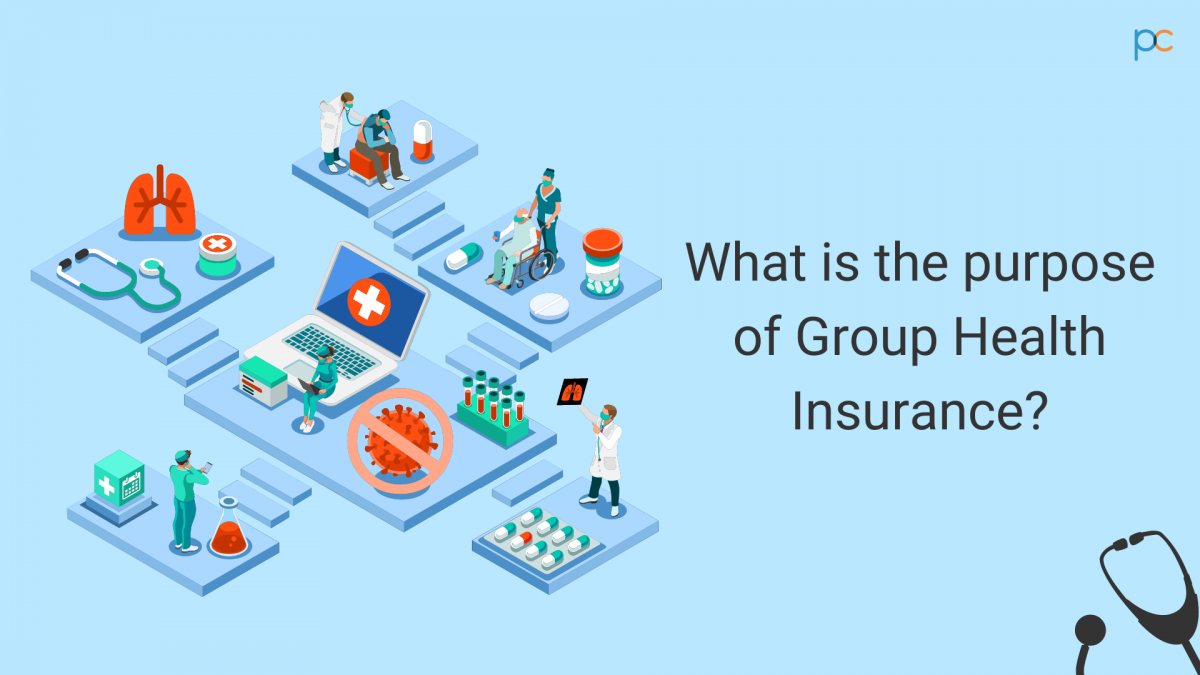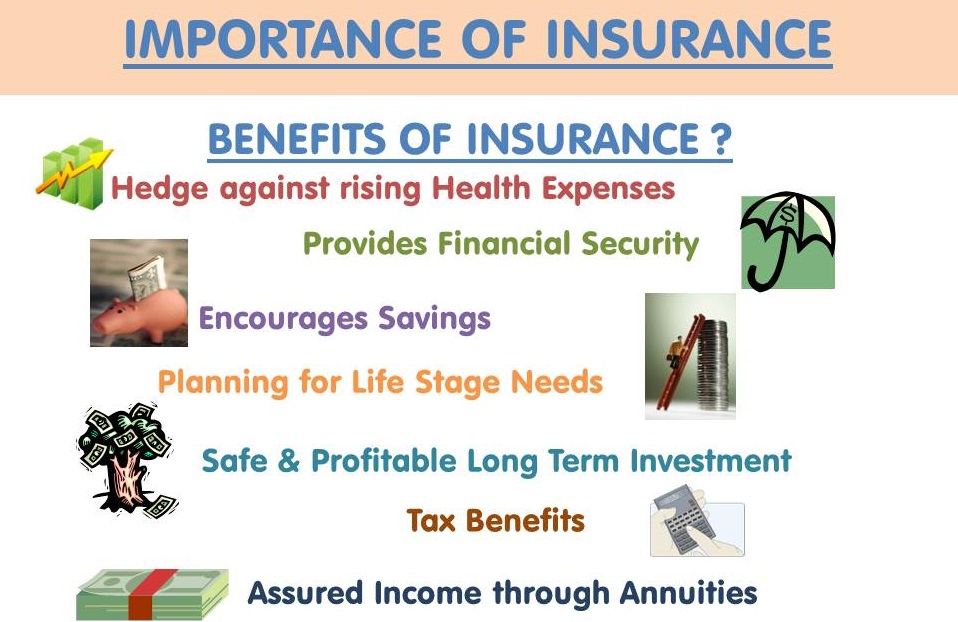The 6-Second Trick For Pacific Prime
The 6-Second Trick For Pacific Prime
Blog Article
The Greatest Guide To Pacific Prime
Table of ContentsSome Known Questions About Pacific Prime.The Definitive Guide for Pacific PrimeThe Definitive Guide for Pacific Prime10 Simple Techniques For Pacific Prime
In most states, the insurer is needed to send you a copy of the adjustments to your policy. It is essential that you read Endorsements or Riders so you understand exactly how your plan has changed and if the plan is still ample to fulfill your demands. To get a copy of your insurance coverage plan, please call your insurance policy agent or firm.
The Institute of Medicine (IOM) Committee on the Effects of Uninsurance launches a prolonged exam of proof that addresses the value of medical insurance coverage with the publication of this report. Protection Matters is the very first in a collection of 6 records that will be issued over the following 2 years documenting the fact and repercussions of having an approximated 40 million individuals in the USA without medical insurance coverage.

10 Simple Techniques For Pacific Prime
The goal of this series of researches is to refocus policy attention on a longstanding trouble. Complying with the longest financial expansion in American background, in 1999, an estimated one out of every six Americans32 million adults under the age of 65 and greater than 10 million childrenremains uninsured (Mills, 2000).

Ten percent of the population make up 70 percent of healthcare expenditures, a correlation that has continued to be consistent over the previous 3 decades (Berk and Monheit, 2001) - maternity insurance for expats. Hence wellness insurance remains to serve the function of spreading threat also as it significantly funds regular treatment. From the viewpoint of health and wellness care providers, insurance coverage carried by their people helps safeguard a profits stream, and communities take advantage of financially feasible and steady healthcare specialists and establishments
Government supplies medical insurance to populations whom the personal market may not serve successfully, such as disabled and senior citizens, and populaces whose access to healthcare is socially valued, such as youngsters and expecting ladies. The ultimate ends of wellness insurance policy coverage for the individual and areas, consisting of work environment neighborhoods of employees and companies, are improved health and wellness end results and top quality of life.
An Unbiased View of Pacific Prime
Employees rate medical insurance initially by far in relevance among all the benefits provided in the office (Salisbury, 2001). There have been sizable financial investments of individual and public funds to give health and wellness insurance, many individuals still have no coverage. Despite extensive reporting of survey searchings for and healthcare research study results, the public stays overwhelmed and misinformed regarding Americans without wellness insurance coverage and the effects of doing not have coverage.

Without doubt, the intricacy of American health care financing devices and the wealth of resources of information include to the public's complication and uncertainty regarding medical insurance data and their interpretation. This record and those that will certainly follow purpose to boil down and provide in conveniently understandable terms the extensive research that births on inquiries of medical insurance coverage and its importance.
Fifty-seven percent of Americans questioned in 1999 thought that those without medical informative post insurance are "able to obtain the treatment they need from medical professionals and health centers" (Blendon et al., 1999, p. 207). In 1993, when national attention was concentrated on the issues of the uninsured and on pending healthcare regulations, just 43 percent of those polled held this belief (Blendon et al., 1999).

They likewise get less preventative solutions and are much less most likely to have normal care for persistent conditions such as hypertension and diabetic issues. Chronic illness can bring about pricey and disabling difficulties if they are not well managed (Lurie et al., 1984; Lurie et al., 1986; Ayanian et al., 2000). One nationwide survey asked greater than 3,400 grownups concerning 15 very serious or dark conditions.
Some Of Pacific Prime
Added proof is provided later on in this phase in the conversation of insurance coverage and accessibility to healthcare. https://peatix.com/user/21635503/view. Individuals without medical insurance are young and healthy and pick to go without insurance coverage. Virtually fifty percent (43 percent) of those checked in 2000 thought that individuals without medical insurance are more likely to have wellness troubles than people with insurance coverage
Citizens and policy manufacturers in focus group conversations identify those without insurance coverage as young individuals who have the possibility to be covered and feel they do not require it (Concierge Novelli, 2001). Contrasted to those with at the very least some private insurance coverage, the without insurance are much less likely to report being in exceptional or excellent wellness (Agency for Health Care Research Study and Top Quality, 2001).
SOURCE: Center for Price and Financing Research Studies, Agency for Healthcare Research Study and Top quality, based upon MEPS data. Young grownups in between 19 and 34 are far more most likely to lack health and wellness insurance coverage than any type of other age group. This is chiefly since they are much less frequently eligible for employment-based insurance policy because of the nature of their work or their brief tenure in it.
The perception that individuals without insurance coverage have better-than-average wellness complies with from perplexing the relatively young age account of the uninsured with the better health, typically, of younger individuals. This obscures the link in between health standing and health and wellness insurance. For those without access to workplace medical insurance, inadequate health is a possible barrier to purchasing nongroup coverage due to the fact that such coverage might be extremely valued, omit pre-existing conditions, or be merely unavailable.
Report this page